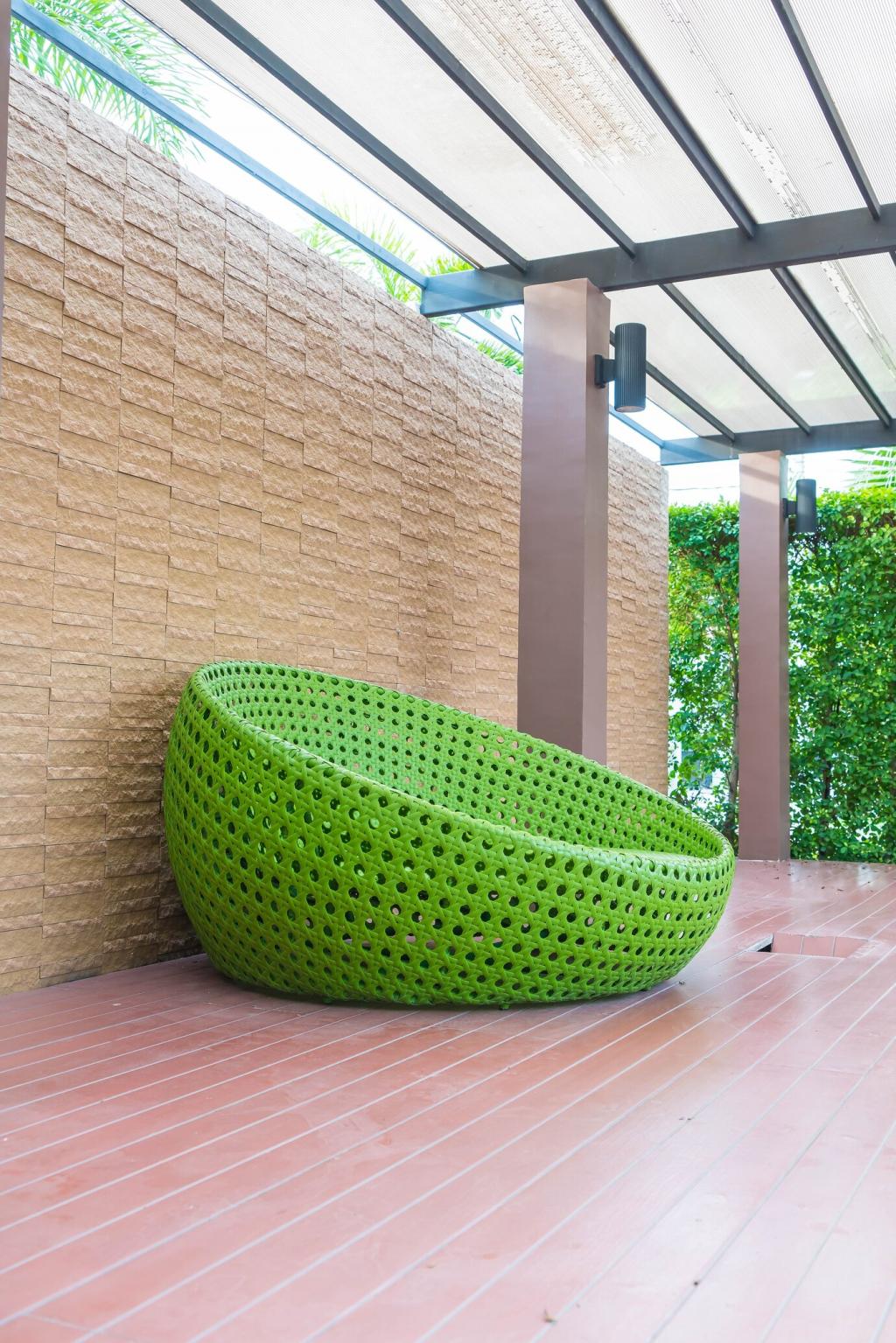Energy-Efficient Lighting Solutions
Energy-efficient lighting solutions are transforming the modern landscape of homes, businesses, and public spaces by providing brighter illumination with significantly reduced power consumption. As concerns over energy expenses and environmental impact grow, innovative technologies in lighting systems are essential for creating sustainable environments. These solutions not only support energy conservation but also enhance user experience, comfort, and long-term savings. Understanding the available options and their advantages empowers consumers and organizations to make informed choices that benefit both their wallets and the planet.

The Importance of Energy-Efficient Lighting
One of the primary advantages of energy-efficient lighting is its ability to significantly cut down on electricity usage. Traditional incandescent bulbs waste a majority of their energy as heat, whereas energy-efficient alternatives such as LEDs and compact fluorescent lamps convert more energy into visible light. This improved efficiency translates into direct cost savings on energy bills for residential, commercial, and industrial users. Additionally, lower energy consumption reduces the strain on power grids, helping to minimize the risk of blackouts during peak demand and supporting greater energy security on a national scale.
Energy-efficient lighting plays a pivotal role in reducing the environmental footprint associated with electricity generation and consumption. By requiring less electricity, these lighting solutions contribute to lower greenhouse gas emissions from power plants, many of which still rely on fossil fuels. Furthermore, many efficient bulbs are designed to last longer, resulting in less waste sent to landfills and reduced resource extraction for manufacturing replacements. The cumulative environmental benefits are substantial, making energy-efficient lighting a key component of broader sustainability strategies.
Advancements in energy-efficient lighting technology have greatly enhanced the quality of illumination available in modern spaces. Unlike older fluorescent lights that often caused flickering and uneven brightness, contemporary solutions provide consistent, high-quality light tailored to different needs. Features like adjustable color temperatures, dimming capabilities, and better color rendering make it possible to create comfortable environments that support well-being and productivity. This improvement in lighting quality reflects a significant step forward in human-centric lighting design.

Types of Energy-Efficient Lighting Technologies
LED Lighting
Light Emitting Diodes, or LEDs, have quickly become the gold standard in energy-efficient lighting due to their exceptional longevity, durability, and minimal energy requirements. LEDs operate differently from traditional bulbs by producing light through the movement of electrons in a semiconductor material, resulting in far less heat generation. This technology is highly versatile, available in various shapes, sizes, and brightness levels, making it suitable for nearly every lighting scenario. The significantly extended lifespan of LEDs also means reduced maintenance and replacement costs, making them a smart investment for both small and large-scale projects.
Compact Fluorescent Lamps (CFLs)
Compact Fluorescent Lamps were among the first mainstream alternatives to incandescent bulbs and remain a popular energy-saving option. CFLs work by passing an electric current through a tube containing gases, which produces ultraviolet light and excites a fluorescent coating to emit visible light. While CFLs are more efficient than incandescent lights and offer a longer lifespan, they do contain small amounts of mercury, requiring safe disposal practices. Despite this, their affordability and efficiency make them an accessible upgrade for many homes and businesses seeking to reduce energy use.
Smart Lighting Systems
Smart lighting systems represent the cutting edge of energy-efficient illumination by combining advanced hardware with intelligent controls. These systems allow users to automate lighting schedules, adjust brightness and color remotely, and even integrate with sensors that detect occupancy or daylight levels. By tailoring lighting to actual usage patterns, smart systems ensure lights are on only when needed, further minimizing energy waste. The adaptability and convenience provided by smart technology not only save energy but also enhance user comfort and customization.
Residential Advantages
Homeowners who switch to energy-efficient lighting enjoy lower utility bills, increased safety due to better visibility, and improved comfort through customizable illumination. Efficient lighting reduces the need for frequent bulb replacements, saving both money and time. Additionally, high-quality lighting contributes to healthier circadian rhythms, especially with options that offer adjustable color temperatures. With rising electricity rates and heightened environmental awareness, updating home lighting is one of the most effective ways for families to lower their energy consumption and carbon footprints.
Commercial and Industrial Gains
Businesses and industrial facilities benefit tremendously from the reduction of operating costs enabled by energy-efficient lighting upgrades. In large buildings and warehouses, lighting often represents a significant portion of total energy usage. By modernizing these systems, organizations not only lower expenses but also improve the quality of workspaces, boosting productivity and employee satisfaction. Well-designed efficient lighting can also enhance security, attract customers, and support achievement of sustainability certifications, fortifying a company’s reputation as an industry leader.
Community and Public Infrastructure Improvements
Municipalities and public organizations are increasingly turning to energy-efficient lighting to power streetlights, parks, and public buildings. These transitions result in substantial cost savings for taxpayers while rendering public spaces safer and more visually appealing. Energy-efficient lighting also supports broader environmental objectives by reducing citywide emissions and minimizing light pollution. As cities strive to become smarter and more sustainable, efficient lighting initiatives stand out as essential steps toward resilient, future-ready urban environments.
